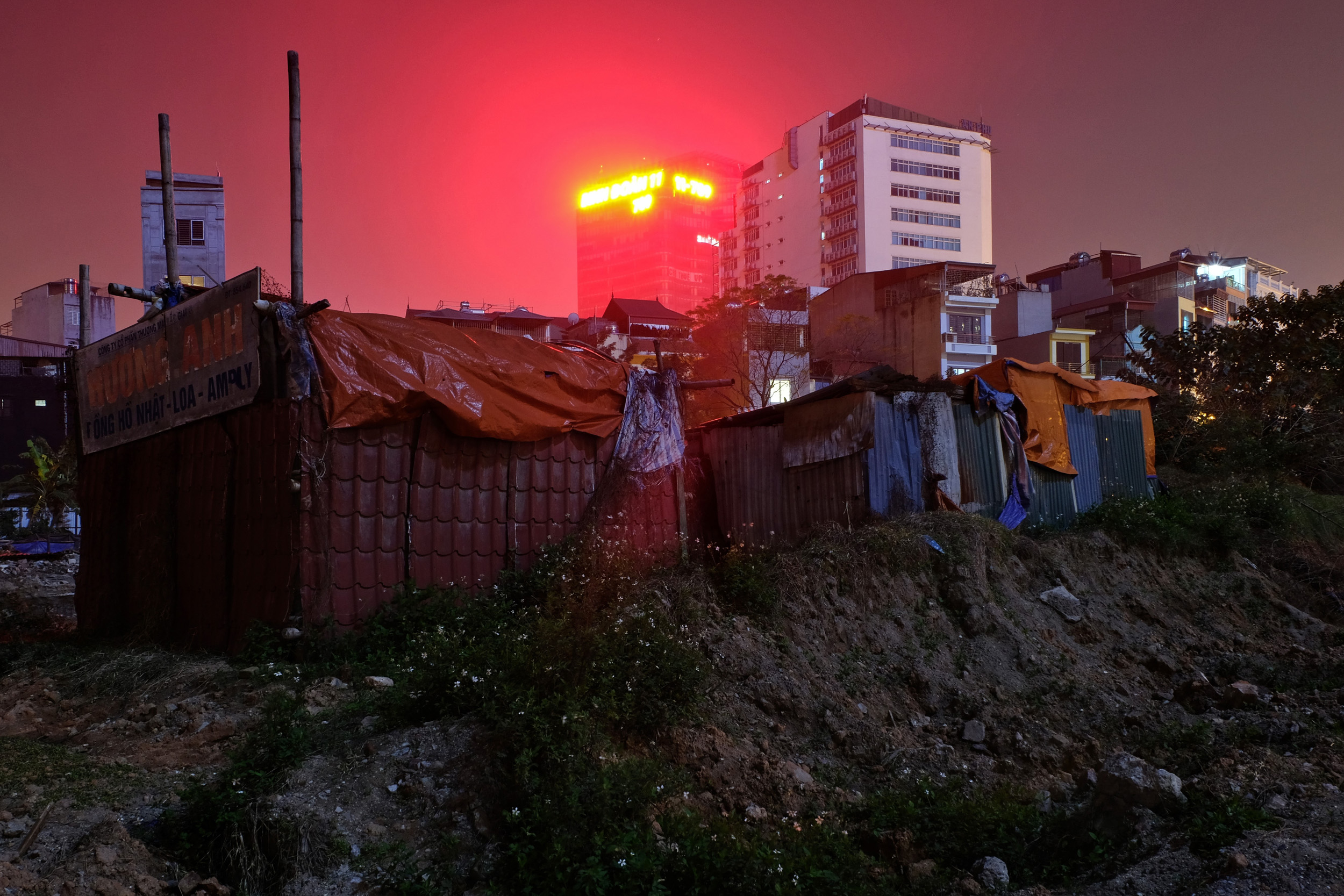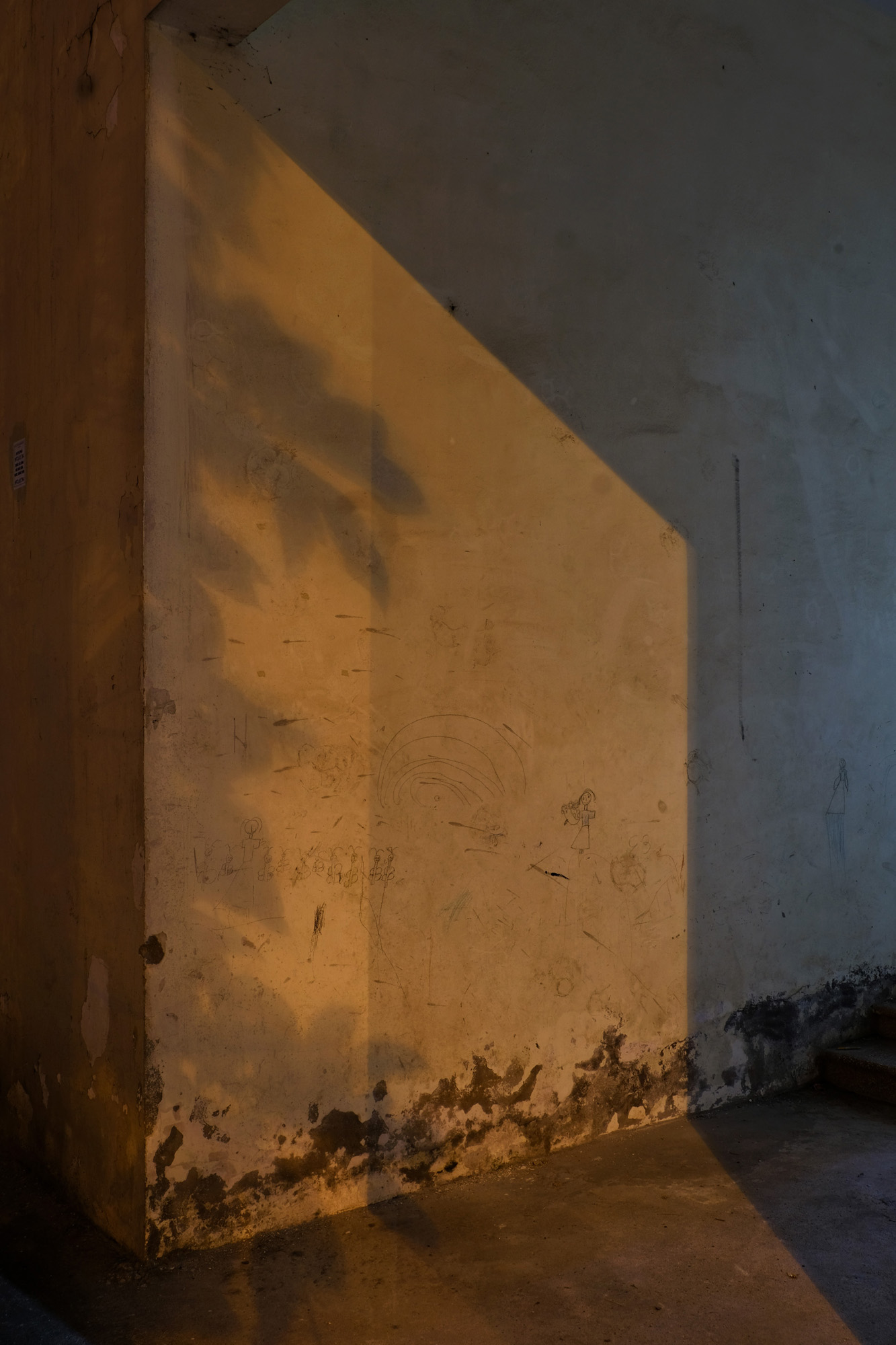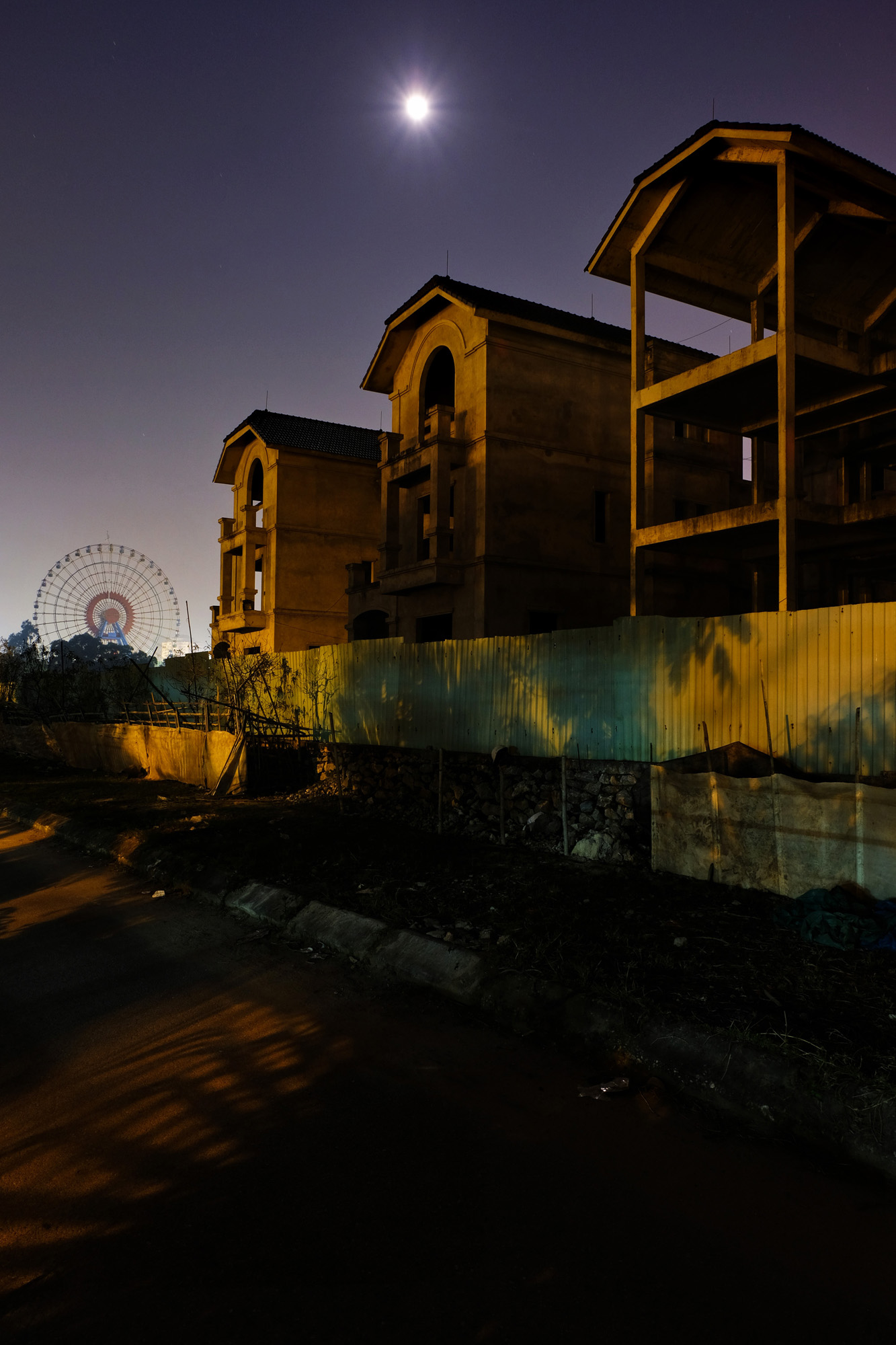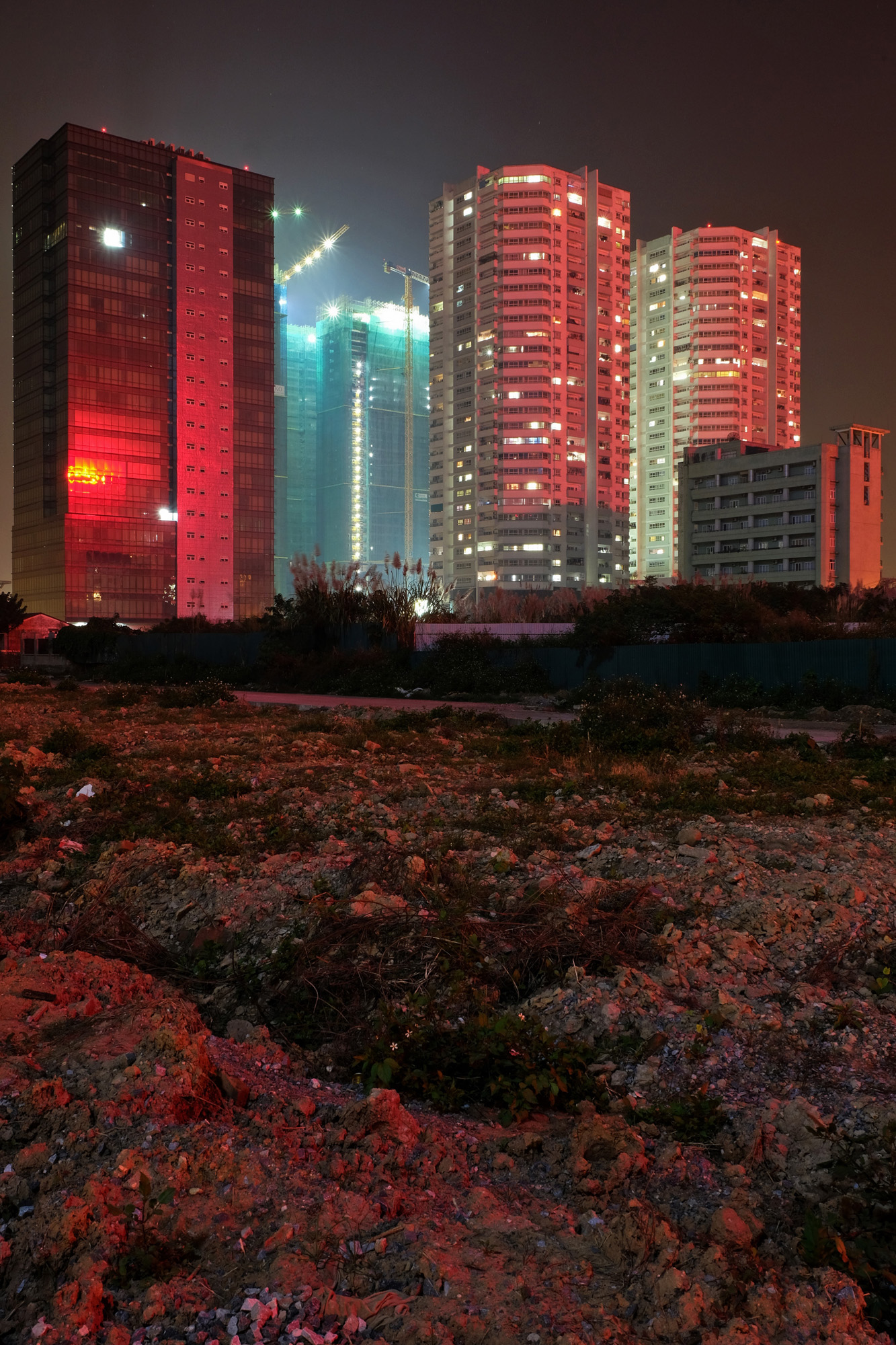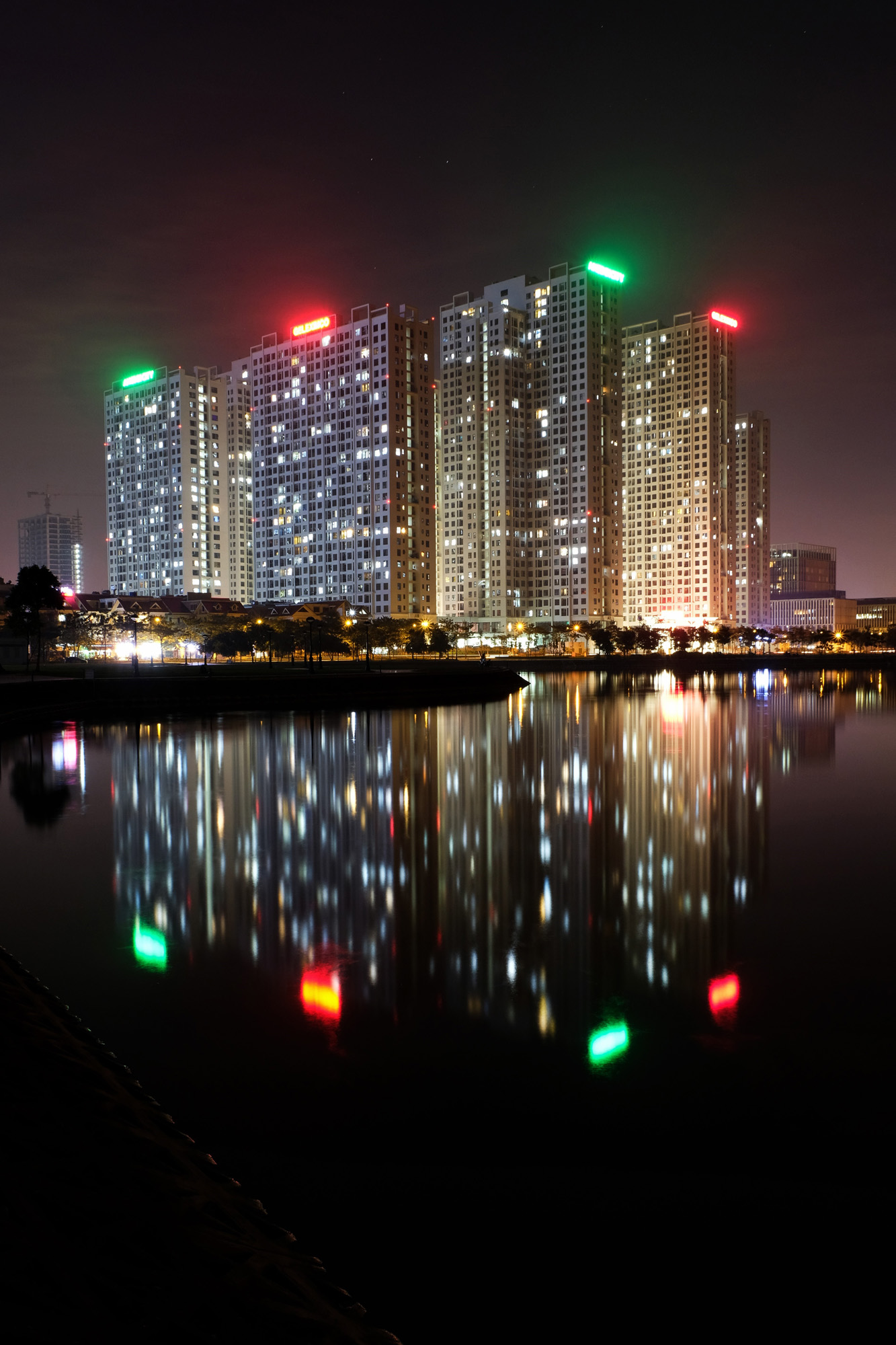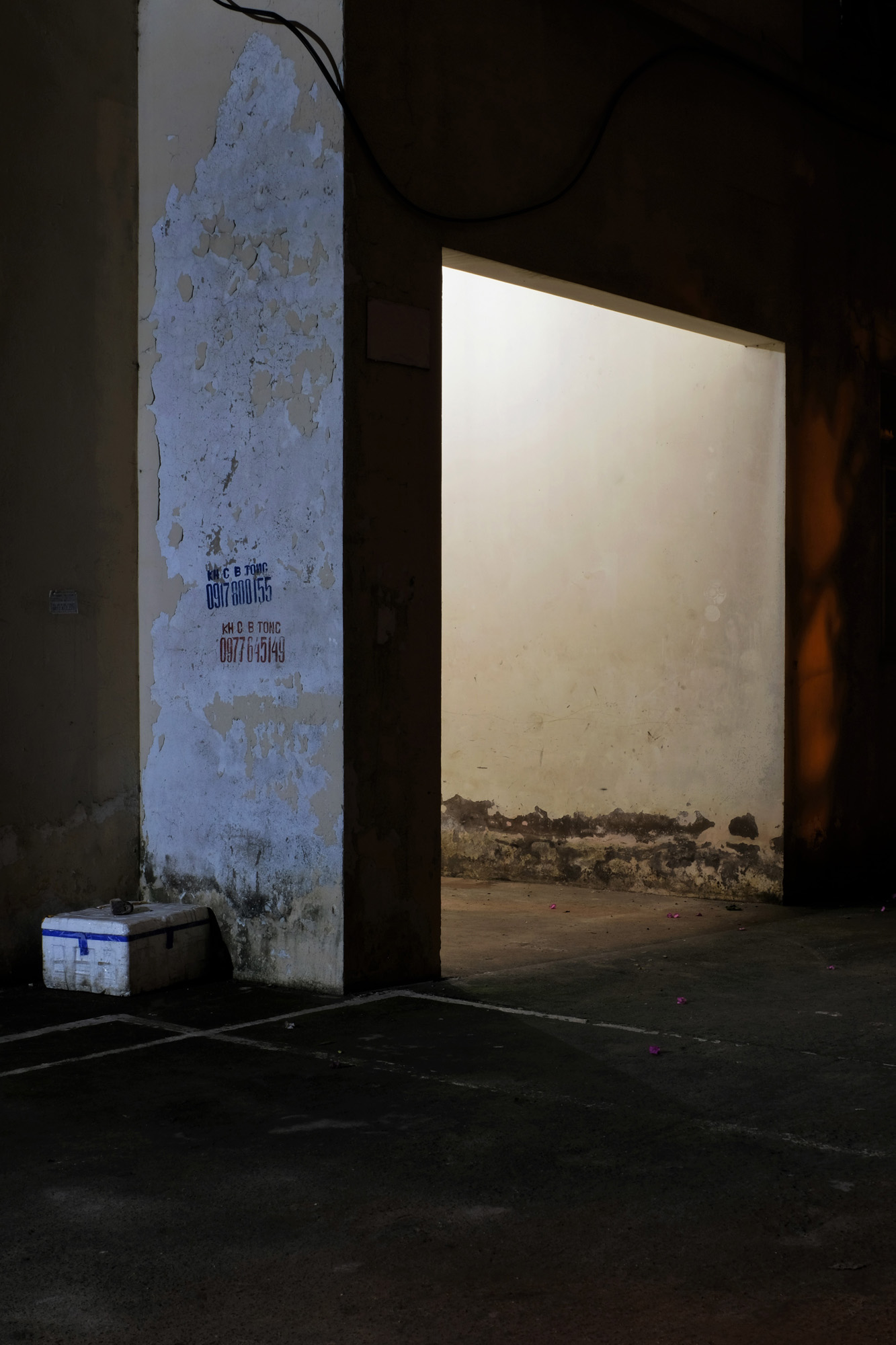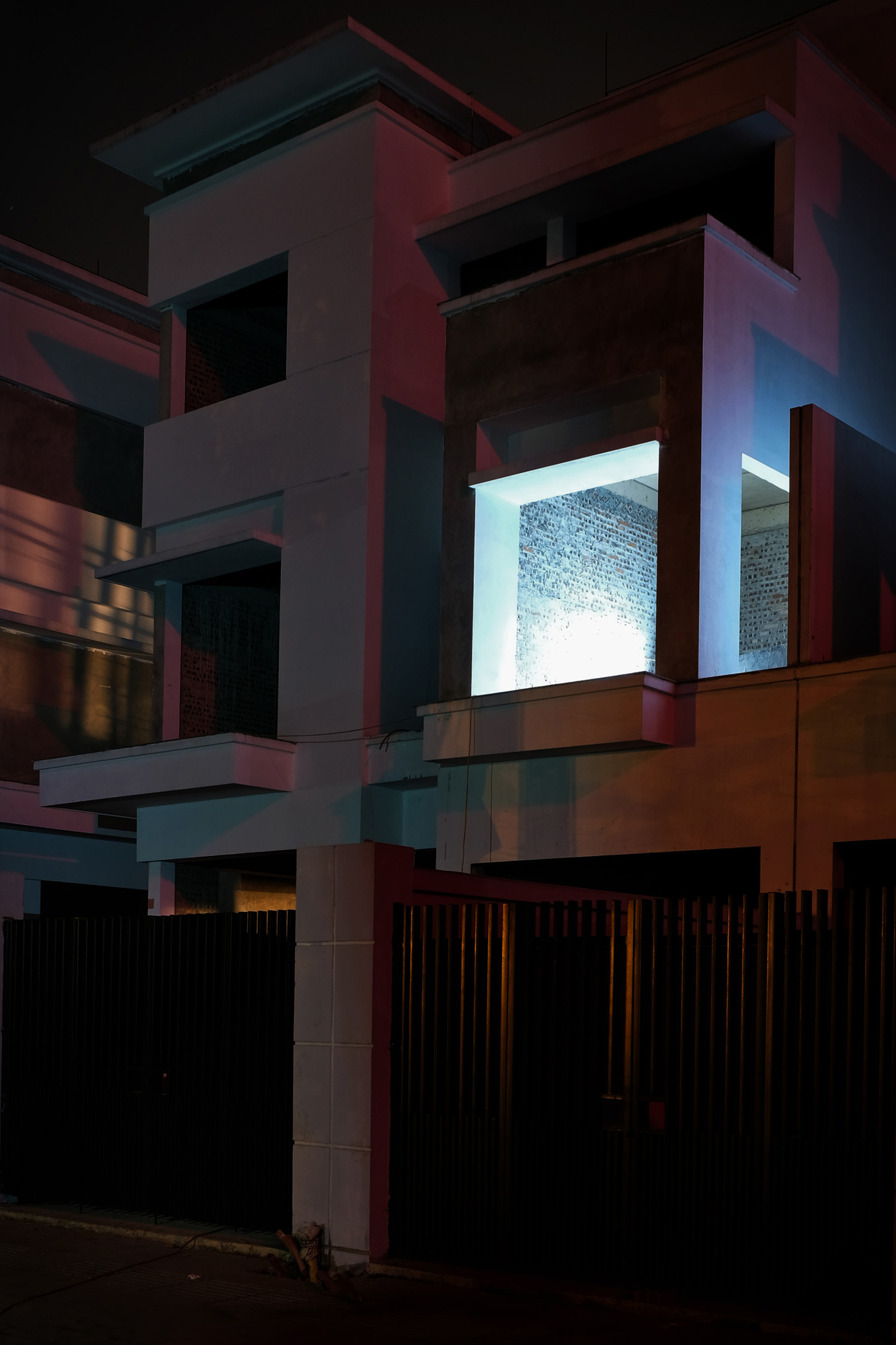I recently participated in a photography mentorship program, organized by Invisible Photographer Asia (IPA). IPA is based in Singapore, and acts as a platform to promote photography and visual arts in Asia through a variety of activities. The aim of the mentorship program is to develop one’s visual storytelling skills. For my participation I decided to do a project on Hanoi, the capital city of Vietnam, and more specifically the transformation the city has been undergoing in the last few decades.
Although I’m Belgian, I’ve been living and working in Hanoi for a few years now. The city is quirky and relatively small compared to many other Asian megacities, but it’s changing extremely fast. In fact, the whole country is. I didn’t want to capture the archetypical sights of Hanoi, such as the street sellers with their conical hats, the lake shores and parks where many Hanoians do all kinds of sport activities in the early morning hours, the famous 36 Streets of the Old Quarter… While all these things can be beautiful and interesting in their own right, I decided to focus on some of the city’s lesser-known, and definitely lesser-visited residential areas. In my opinion, this is where the city’s transformation is felt and seen more clearly. There’s also serene beauty to be found in those more mundane settings.
So a few months ago I started going on dedicated nocturnal photo trips with my scooter. At night, the city gets a quieter, and less chaotic. I love the atmosphere, the stillness and the lighting in Hanoi’s residential areas at that time. In the beginning of the project, I mostly focused on some so-called new urban areas. These are huge plots of land, mostly in the outskirts of the city, developed into modern estates with villas, apartment complexes, shopping areas, office spaces, etc. Some of these have been finished and are inhabited, others are under construction, while still others have seen their construction halted for various reasons, turning them into abandoned, half-finished, haunted-looking building sites. After a while I also started diving into some older residential areas, bordering these new urban areas. This is where things got really interesting, as the visual contrast between the old and the new, the informal and the formal, became very apparent.
Throughout the project, I’ve tried to capture a variety of images, from wider landscape-like overviews to more intimate and detailed close-ups. The visual common thread was the fact that all photos were long-exposure shots taken at night. In terms of equipment I wanted to move around as light and flexible as possible so I could easily explore several sites and areas during a single outing. I used my X-T20 and a simple tripod for the whole project. Although I love to use some of Fuji’s beautiful large aperture prime lenses, I decided against that fast glass for this project and opted for the flexibility of zooms for most shots. I ended up using the only zooms I currently own, namely the ‘plastic fantastic’ Fujinon XC16-50mm and XC50-230mm duo, supplemented by the Fujinon XF14mm f/2.8 when I needed to go wider. From past experience I knew that those nimble XC lenses were able to produce more than decent results, but doing this project convinced me even more of their quality. In any case, I’m not a pixel-peeper, nor am I interested in detailed optical testing. I simply required a few lenses that were easy to use and that were able to help me get the shots that I needed without much hassle. Most photos in the project were taken at f11-f16 to get a deep depth of field, and at the lower ISO range to get nice and clean images.
As mentioned before, my aim was to visit a couple of locations during each trip. I would park my scooter somewhere, set up my tripod and camera and walk around a bit to explore that spot from different angles and with different focal lengths, which was easy to do with those zooms. I experimented with shorter exposures and higher ISO’s a few times, just to see what the resulting image would look like, but in the end I always selected the longer exposure shots. One fascinating thing to note is the lighting. Hanoi, and certainly the new urban areas, feature a lot of strong neon-colored lighting. You can see these lights at the top of buildings, on advertisement billboards, in shop windows, etc. I shot the core of this project in the period from December 2018 to May 2019. For those who are not familiar with Hanoi: it’s during this time of year, and especially in the winter months of January, February and March, that the air quality can get pretty bad in the city, with clouds of microscopic dust particles floating around in the air. It’s quite ironic, as although this is an extremely unhealthy situation, the visual effect that these particles seem to help create, in combination with the neon-colored lights and the long exposures, can be stunning. In some of the images I captured, it’s as if the whole night sky is full of deep red, green or blue hues, the neon lighting scattered through those dust particles.
Come May 2019 and the mentorship program had finished. I ended up with a small series of images that fit together well, and which I’m quite proud of. However, the end of the mentorship doesn’t mean the end of the project itself. There are still so many locations in and around Hanoi that are worth exploring and capturing. So my goal is to continue developing this series in the coming time.

